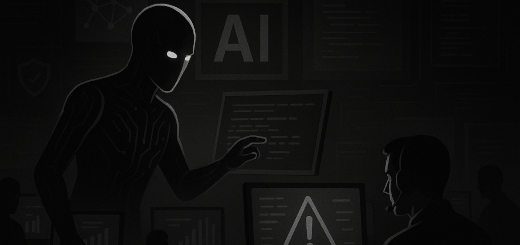Turning Disruption into Cyber Resilience

Insights from Gartner Security & Risk Management Summit 2025
At the 2025 Gartner Security & Risk Management Summit in London, global cybersecurity leaders gathered to address the industry’s most pressing challenges – transforming hype, disruption, and uncertainty into strategic advantage. Across three days of keynotes and expert sessions, one message resonated clearly: resilience and adaptability are now the defining capabilities of effective cybersecurity programs.
From Hype to Opportunity
According to Gartner analysts, CISOs must evolve from reactive defenders to proactive strategists. Rather than fearing disruption – from AI breakthroughs to shifting geopolitical risks – organizations should harness it. By integrating innovation into security programs, leaders can align cybersecurity strategy directly with business transformation goals.
Reframing Leadership for Mission Driven Cybersecurity
CISOs were urged to move beyond purely technical narratives and engage executives around “critical exposures” and measurable protection level agreements. This approach links cybersecurity investments to business outcomes and embeds resilience as a core operating principle. Change management, learning agility, and decisive communication emerged as essential leadership traits for the years ahead.
Building Resilience Through Integration and Automation
The 2025 Gartner Security & Risk Management Summit emphasized that cyber resilience must go deeper than incident response. Organizations need to integrate business impact analyses, strengthen interdepartmental collaboration, and invest in automated threat detection and response systems. The goal: resilience that is operationally embedded rather than externally imposed.
AI Security: From Experimentation to Execution
With generative AI rapidly expanding the attack surface, Gartner analysts urged a pivot from exploration to implementation. Security leaders should define policies that protect both enterprise applications and third party AI integrations, establish outcome driven metrics, and collaborate with functional teams to ensure alignment with organizational priorities.
Managing Risk in an Adaptive Landscape
Future-ready cyber risk management requires an adaptive, organization-wide framework. Gartner recommended that leaders assess whether their teams are “disruption shapers” or “responders” and build cyber governance, risk, and compliance (CyberGRC) programs that enhance visibility and board level accountability.
Third Party Risk as a Board Priority
By 2026, Gartner predicts that third party cyber risk performance will be a regular board agenda item. Organizations should transition from compliance driven oversight to risk appetite based strategies, focusing on transparency, measurable outcomes, and executive sponsorship throughout the third party cyber risk management (TPCRM) lifecycle.
The Human Element and Quantum Readiness
While technology remains vital, the human factor continues to be the most overlooked dimension of cybersecurity. Gartner encouraged a shift from error prevention to building “human resilience,” using behavioral nudges and positive reinforcement to foster safer habits. Simultaneously, organizations are being urged to prepare for the post quantum era by enhancing cryptographic visibility, experimenting with quantum safe algorithms, and establishing Cryptography Centers of Excellence.
The Evolving Role of the CISO
The modern CISO’s success now depends as much on leadership and communication as on technical expertise. Gartner’s “Executive Faststart Framework” advises new security leaders to quickly understand organizational dynamics, build stakeholder trust, and demonstrate early impact – while shaping their personal brand and credibility from day one.
As Gartner VP Analyst Leigh McMullen noted, “Hype drives disruption and confusion – but it can also be turned into an opportunity.” The Summit’s collective insight suggests that the future of cybersecurity lies not in eliminating uncertainty, but in mastering it.



